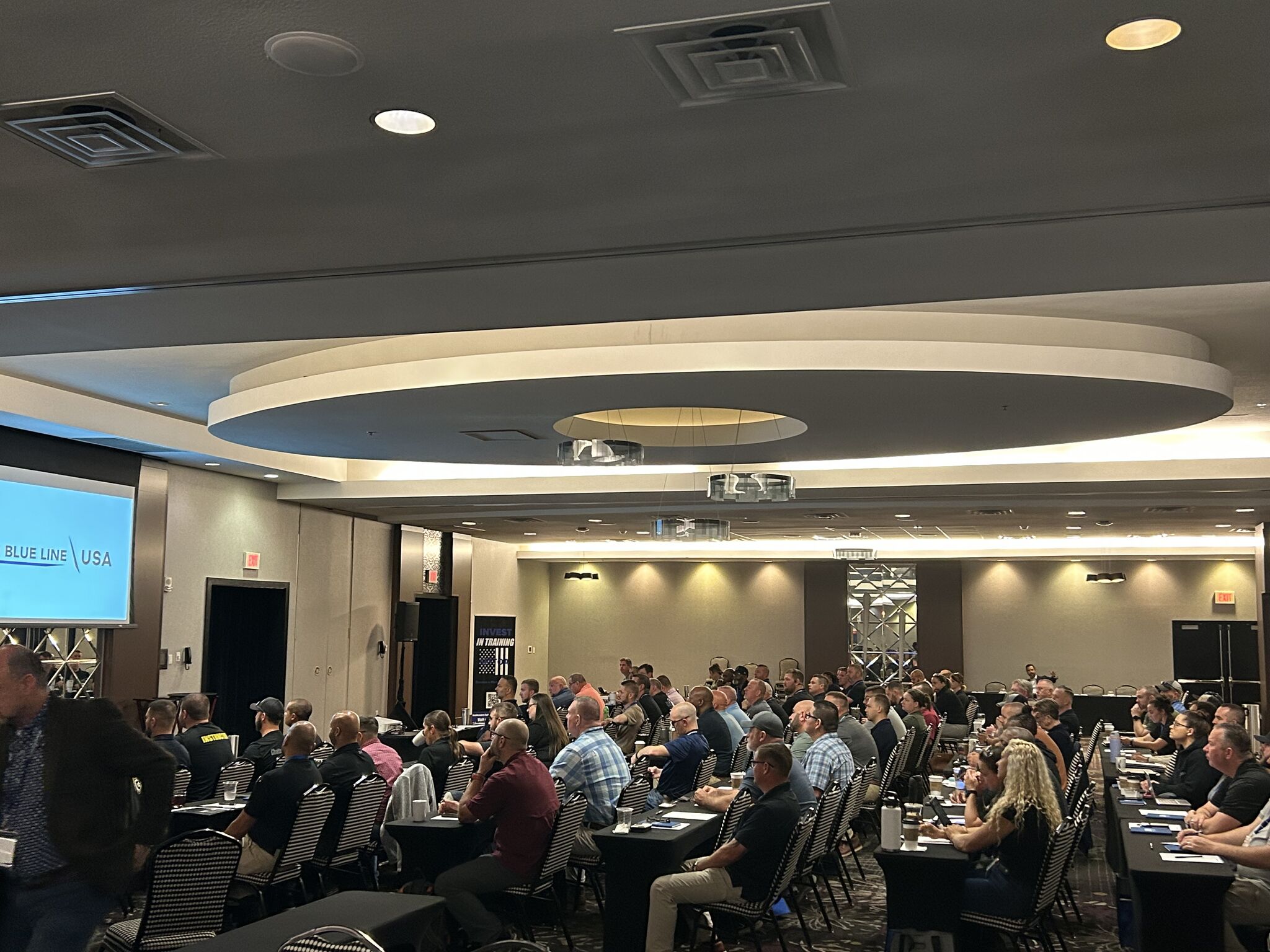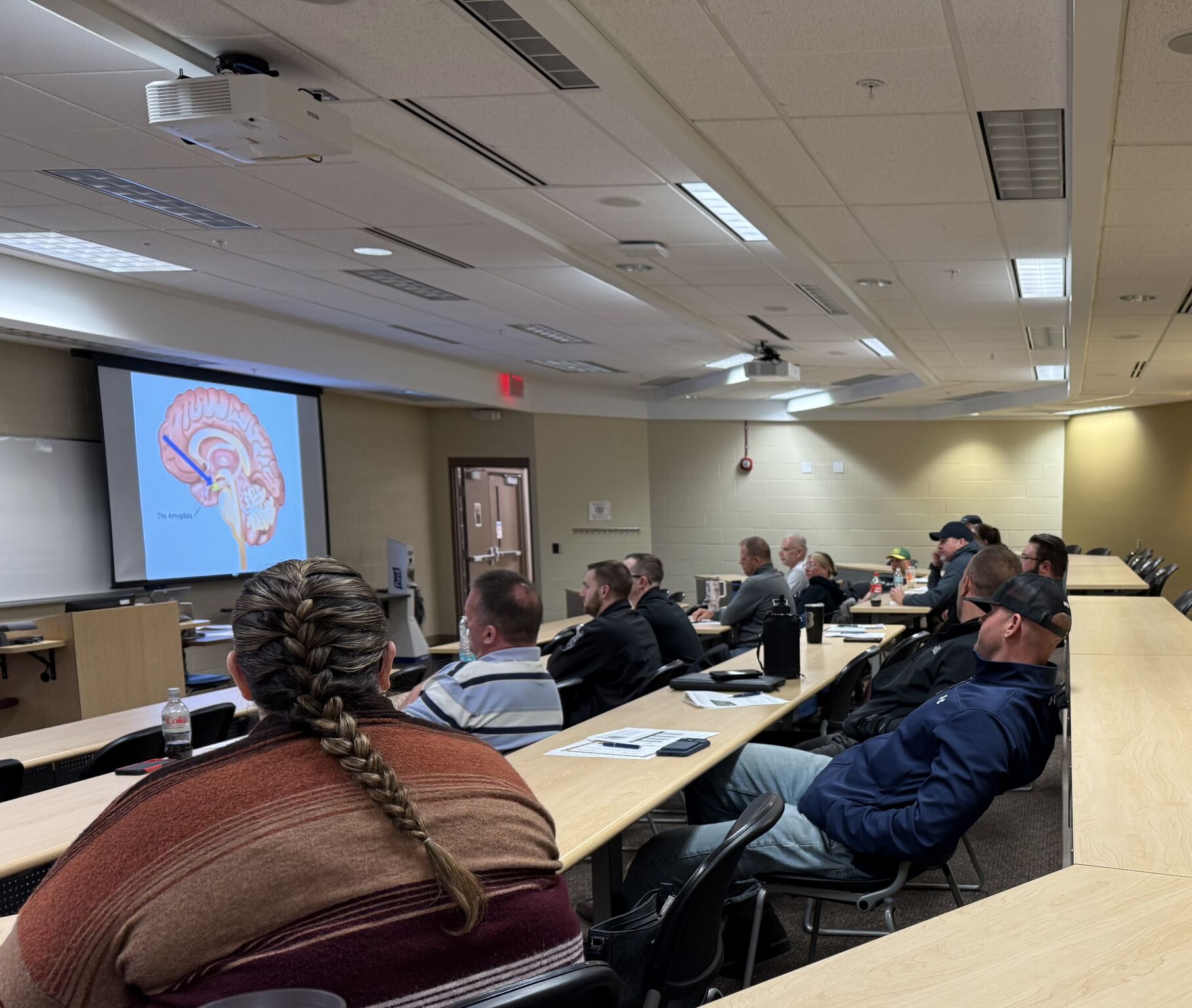Great agencies don’t wait for leaders to appear — they build them intentionally.
In law enforcement, leadership isn’t a rank or a role — it’s a responsibility that shapes every interaction, decision, and culture within an agency. Yet too often, leadership development happens reactively instead of proactively.
When seasoned supervisors retire or promote out, agencies often find themselves scrambling to fill leadership gaps rather than continuing a tradition of consistent, capable guidance.
The key to long-term success isn’t a single leadership course — it’s a leadership pipeline: a deliberate process that develops people long before the next promotion board convenes.
Here’s how to build one that lasts.
Why Leadership Gaps Hurt Agencies
When leadership stops, momentum stalls.
Many agencies rely on the strengths of individual leaders instead of building systems that replicate their success. When those leaders leave, morale dips, communication falters, and standards become inconsistent.
Leadership gaps don’t just slow operations — they disrupt trust. Officers notice when leadership feels unstable. The solution isn’t to promote faster; it’s to develop deeper.
“If leadership development ends at promotion, the pipeline eventually runs dry.”
Step 1 — Identify Leadership Potential Early
Look Beyond Rank
Leadership potential often appears long before an officer earns stripes. The future sergeant might already be mentoring younger officers, taking initiative on calls, or modeling accountability when no one’s watching.
Agency leaders should watch for patterns of influence — who others naturally follow, who stays calm under pressure, and who communicates clearly in tense moments. Those are the seeds of leadership worth cultivating.
“Leadership begins with attitude, not assignment.”
Step 2 — Make Leadership Training Part of the Culture
Leadership Isn’t a Class — It’s a Culture
Agencies that develop strong leaders treat leadership as a shared responsibility, not an occasional event. When every debrief, briefing, or post-shift conversation includes a leadership moment — reflection, communication, or feedback — the culture itself becomes a classroom.
If leadership is only discussed in promotional settings or annual training, it won’t show up in moments that matter. But when it’s embedded in everyday conversations, it shapes performance and trust naturally.
Related reading: Why Real Law Enforcement Leadership Starts After the Classroom
Step 3 — Build Mentorship Into Every Level
Experience Is Only Valuable If It’s Shared
Formal and informal mentorship programs are the backbone of any leadership pipeline. Pair experienced supervisors with emerging leaders. Encourage peer-to-peer mentorship that allows officers to exchange insight and build confidence across ranks.
Mentorship isn’t about hierarchy — it’s about connection. It reinforces culture, strengthens trust, and passes down lessons that can’t be taught in a classroom.
“Mentorship is the bridge between experience and growth.”
Step 4 — Measure Leadership Impact, Not Attendance
True Development Shows Up in Behavior, Not Certificates
Leadership development isn’t complete when training ends — it’s complete when behavior changes.
Track what matters most:
- Improved morale and retention
- Stronger communication between shifts
- Reduced internal conflict
- Increased initiative and accountability
Agencies that measure leadership impact rather than participation see higher engagement, stronger morale, and better team cohesion.
When leadership becomes measurable, it becomes meaningful.
Step 5 — Plan for Succession, Not Replacement
Continuity Protects Culture
When a strong supervisor moves on, leadership continuity ensures the next person is already prepared — not just to fill a seat, but to carry forward a culture.
Succession planning isn’t about reacting to vacancies; it’s about embedding resilience into the organization. Encourage job shadowing, structured handoffs, and documentation of lessons learned.
“A strong leadership pipeline doesn’t depend on one great leader — it depends on a system that produces many.”
The Takeaway
The strongest agencies don’t hope leadership endures — they build systems that guarantee it.
When leadership development becomes a continuous process, not a checkbox, agencies strengthen morale, retention, and performance.
The future of your agency depends on the leaders you’re developing today.
Continue developing future leaders across every level — Explore Executive Leadership Development Opportunities.






